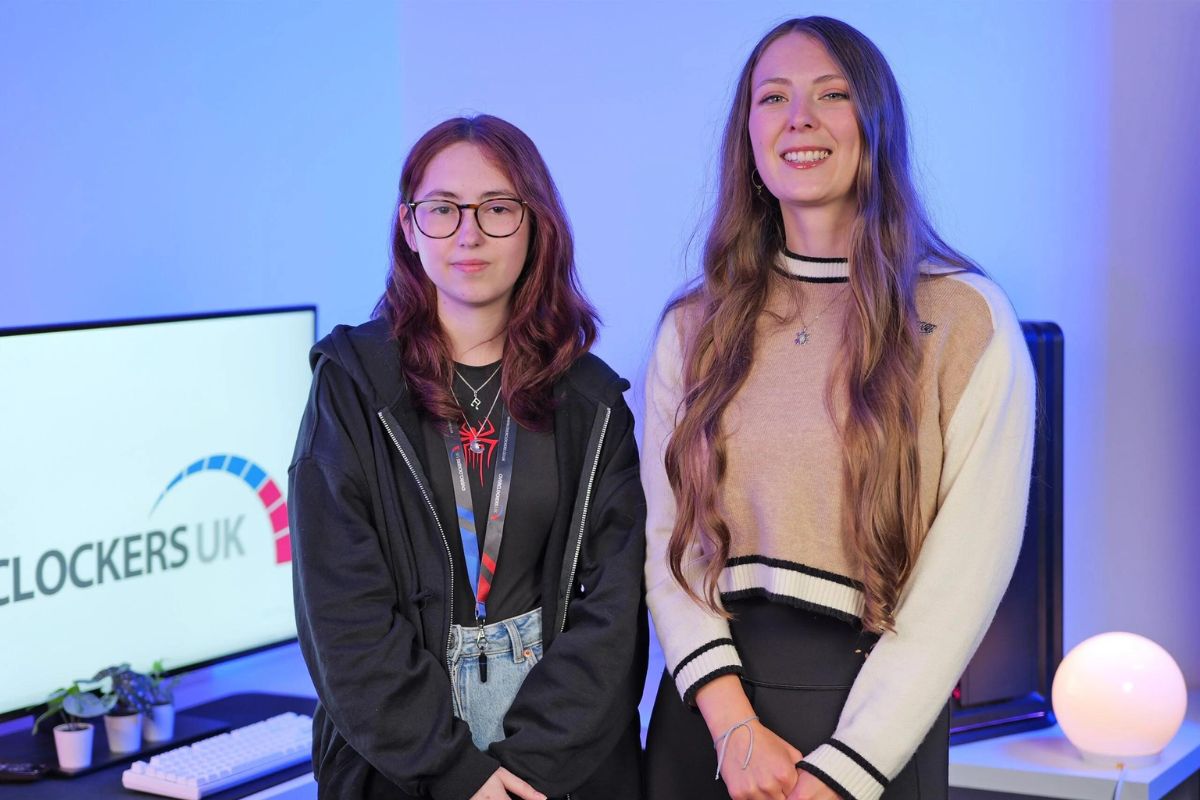The Case for Continuous Learning

The case for continuous learning has never been more apparent – employers take note
The COVID-19 pandemic rapidly accelerated the adoption of digital transformation across all modern industries. As a result, the demand for digital skilled labour has never been higher. In fact, recent research shows that many businesses and organisations have shifted to digital modes of working. Predictions show that by 2030, 75% of jobs will require advanced digital skills – putting pressure on Generation Z to be the most digitally-capable generation yet.
Despite recent ONS figures showing evidence to a rise in employment in young generations, the digital skills gap is still rapidly growing. UK employers are also facing the worst shortage of job candidates on record. In a survey conducted by the Recruitment and Employment Confederation (REC), a mixture of employees appearing reluctant to switch roles due to the pandemic, fewer EU workers being available, and skills shortages were all contributing to the staffing squeeze – forcing employers to recruit from the same pool of talent and struggling to fill gaps.
It is clear that young talent need to hone their digital skillsets, now an imperative to thrive in this new work landscape. To drastically help improve their chances of employability today and future proof their careers for tomorrow, emerging talent need to carry on showcasing their appetite for learning throughout their formal education, and beyond. We must assist young people, by encouraging the workplace to find ways to support the eager youth to continuously learn and develop new and relevant skillsets through better modes of learning.
Employers and employees need to come together to design flexible learning experiences that fit into young people’s fast-paced lives. This means ditching the drab training models that limit how young people engage and retain knowledge. As such, the training that employers offer should continuously evolve with the everchanging demands of the job market to efficiently equip young people with the skills needed in the current job market.
Mind the ‘digital skills’ gap
New figures from the Office of National Statistics reveal that employment levels for younger age groups have continued to rise throughout the quarter, highlighting optimistic signs for entry level and graduate talent. However, they also reveal that despite unemployment rates being lower than the previous quarter, job vacancies are continuing to climb month on month. There are many interlocking reasons for this ‘employment conundrum’, which ultimately results in many young people feeling demotivated and anxious about their career prospects.
To understand this employment gap, we must go one step deeper and seek to understand the phenomenon known as the ‘digital skills gap’. Currently, there is a huge shortage in digital skills among young talent, with many of them not possessing the necessary skills needed to succeed in the current job market. This goes a long way in decoding the recent ONS figures above, as this employment gap can largely be attributed to a digital skills shortage.
In addition, the current half-life of technical skills stands at just two and a half years, meaning every 2.5 years, employees should look to upskill to stay employable. As skills development and future employability becomes more of a priority for employers, young people have developed a keen interest in taking their learning into their own hands – going beyond traditional training platforms as a means to get ahead. Digital platforms such as YouTube and TikTok give space for flexible learning outside formal training platforms. Employers should therefore capitalise on the digital empowerment and entrepreneurial spirit of the emerging workforce by enabling similar access to courses and platforms that allow for continuous learning in a format that is easily digestible and, more importantly, flexible. Employers should keep training within work hours but allow for their employees to independently and proactively take these on when it suits them.
Close the gap – digital empowerment
Continuous learning is the ‘magic bullet’ to solving the digital skills gap that is leaving many young people disillusioned by the current job market. It is important to look at this problem through a nuanced lens and understand that different demographics of young people feel this disillusionment to varying intensities. For instance, many black youths report feeling that they have to work harder than their white counterparts for less in today’s job market due to racial discrimination negatively effecting employment opportunities.
Therefore, as we enter the Fifth Industrial revolution, we need to prioritise giving young people of all backgrounds a relevant learning experience that prioritises digital skills and encourages an environment of continuous learning. Whether through graduate programmes or opening up more apprenticeship opportunities.
How to encourage continuous learning among young people
Continuous learning is a productive way to ensure young people remain flexible to the changing demands of the job market. This allows young people to keep learning beyond what they are taught in a classroom and is crucial to enable talented young people to reach their full career potential.
Put simply, continuous learning is the opposite of traditional methods of teaching that tend to front-load lots of trainings onto individuals en masse. Information presented in this way is not conducive to accelerated learning among young people and has notoriously low levels of retention.
Online platforms such as LinkedIn Learning, Blinkist, Udemy and Hubspot are excellent for promoting agile learning and continuous development for young people in a range of topics including: coding, IT skills, digital security, and data literacy. Even better, they can be accessed anywhere, doubling down on the value of agile continuous learning in today’s digitally forward world.
However, for those employed, employees should invest in job training programmes that encourage continuous learning in the workplace. Not least as employers that offer training attract and retain talent.
Looking to the future
Ultimately, as the demands of work continue to evolve, it is important that the education we provide to our young people is flexible enough to adapt to the everchanging requirements of the job market. If we want to see more talented young people filling the vacancies of highly skilled job opportunities, we must close the digital skills gap by promoting agile and continuous learning.
Only by firmly closing the digital skills gap will career success become obtainable for all of Britain’s youth today.
By Geoff Smith – CEO of Grayce











Responses